
Why Are LED Face Masks Everywhere? We Have Some Theories
IN THIS ARTICLE:
- 01 The Rise of LED Masks: Why They’re Here to Stay
- 02 From In-Clinic to At-Home: A Breakthrough Transition
- 03 Safe and Non-Invasive: Skincare Without the Risk
- 04 The Science Isn’t New, Even If the Trend Is
- 05 More Than Topical, Less Than Invasive
- 06 Tackling Aging Skin at Its Core
- 07 The Intersection of Beauty and Wellness
- 08 Experts Are On Board
- 09 A Staple, Not a Trend
- 10 Are LED Masks Really Worth the Money?
- 11 Conclusion: LED Masks Are Everywhere Because They Work
The Rise of LED Masks: Why They’re Here to Stay

Unlike fleeting beauty trends like 'snake venom skincare' or sunscreen contouring, LED masks are proving themselves more than just a viral moment. The rise of at-home LED devices represents a transformative shift in beauty and wellness. But why are they standing the test of time? Well, we have some theories.
From In-Clinic to At-Home: A Breakthrough Transition
Once exclusive to dermatologists’ offices and high-end spas, LED light therapy adds a professional element to at-home skincare. This democratization of technology has made professional-grade technology more accessible. Not all professional treatments evolve so seamlessly into the sphere of at-home skincare. Unlike more complex, invasive treatments, LED masks are convenient, easy to use, and require limited prep or downtime. They represent an enhancement of your routine and not a total overhaul.
Safe and Non-Invasive: Skincare Without the Risk
LED masks offer a gentle, non-invasive approach. They use low-level light wavelengths—most commonly red, blue, and near-infrared—to penetrate the skin without causing damage or discomfort. LED treatments are entirely painless and come with limited risk. This safety profile makes them suitable for all skin types, from sensitive to acne-prone, broadening their appeal. This worry-free approach to skincare is hugely appealing to those wary of injectables, harsh chemicals, and surgical procedures. We don't want to feel like we are risking the integrity of our skin with harsh devices or topicals - we want to feel safe, comfortable, and confident in our at-home routine, and this is where LED masks hit the mark.
The Science Isn’t New, Even If the Trend Is
While LED light therapy's recent exponential growth may make it seem like a new phenomenon, the science behind it dates back decades. The beginning of the recent resurgence of light therapy began in the 1960's when Hungarian researcher Endre Mester used red light lasers to cure tumours, while red light was unsuccessful in killing tumours, Mester observed that skin wounds in animals treated with red light wavelengths healed much faster- in essence cell damage repair accelerated with exposure to red light. Fast forward to the 1990's and NASA began using red light in missions to treat chronic wounds, while helping astronauts maintain muscle and bone mass.
Since then, thousands of studies have demonstrated the powerful healing effects of red and infrared light with outcomes such as increased collagen production, reduced inflammation, improved circulation, improved skin texture, and more. The trend may be fresh, but the evidence is well established, giving at-home LED devices a credibility that many skincare fads lack.
More Than Topical, Less Than Invasive
LED masks occupy a unique middle ground in skincare. Topical creams and serums work on the skin’s surface, while procedures like lasers or fillers go deeper but come with risks, hefty bills, and considerable downtime. LED therapy, however, penetrates beneath the surface to activate cellular metabolism, boosting the skin’s natural processes without breaking the skin barrier. This balance—more effective than a cream, less intimidating than a procedure—makes LED masks a versatile tool for a wide audience.
Tackling Aging Skin at Its Core
As we age, our skin cells slow down, producing less collagen and elastin—the building blocks of youthful skin. This is the very definition of skin aging. Red light therapy directly addresses this by delivering energy to cells, enabling them to function as they did in younger years. By stimulating mitochondria, the “powerhouse” of the cell, LED masks help skin repair and regeneration. This biological precision is why they’re so effective for concerns like fine lines, dullness, and uneven tone. In essence, aging is the natural decline of biological processes. LED light therapy speeds up these processes by energizing specific skin cells.
The Intersection of Beauty and Wellness

Often, wellness and beauty trends have some correlation; for example, drinking water, exercise, a healthy diet, and cold therapy can have a positive impact on both appearance and well-being. But nowhere is the intersection so strong as in LED light therapy devices. While some brands market their devices toward the wellness community and others toward the beauty community, the technology at its core is largely the same. Red light therapy, in particular, may be more useful for cosmetic concerns such as collagen formation and texture, while infrared light therapy, with its longer wavelengths, has been linked to improved health outcomes across a number of medical disciplines, including brain health, inflammation, and joint recovery, to name a few.
Experts Are On Board
Dermatologists, aestheticians, and other skin experts are overwhelmingly supportive of LED light therapy's transition from clinics to homes. When we asked Dr Sonia Rajput, facial aesthetic practitioner, why she thought LED masks were popping up everywhere, her answer was simple: 'because they're clinically proven to help improve the skin in so many ways'. The consensus is clear: when used consistently, these devices deliver results backed by science. Unlike trendy products pushed by influencers alone, LED masks have the endorsement of professionals who understand skin biology. This expert approval lends them staying power in a market often driven by hype.
While red light is the most common wavelength, other light therapy wavelengths have a unique impact on specific skin conditions. Blue light targets acne and acne indicators, while green light is linked to reduced hyperpigmentation and skin discoloration, and yellow light is linked to reduced redness and irritation in those with chronic skin conditions. This versatility contributes largely to the unyielding growth in this industry.
A Future Staple, Not a Trend
Unlike many divisive internet fads, LED light therapy enjoys broad acceptance. Its benefits are tangible, its risks are minimal, and its accessibility is unmatched. In a few years, LED masks will likely be as uncontroversial as sunscreen—a non-negotiable for preventative skincare. They’re not here to replace your cleanser or serum but to elevate your routine with a tool that works on a cellular level.
Are LED Masks Really Worth the Money?

A quality LED mask typically costs €300–400, a relatively high upfront cost by any standard. But let’s do the math. These devices are built to last 5–10 years (probably more) and can be used daily, up to seven times a week. Compare that to a €50 moisturizer you replace every few months or €100+ in-clinic treatments multiple times a year. Over time, an LED mask is a cost-effective investment. Would you pay €400 for a decade’s worth of moisturizer? The value becomes clear when you consider the long-term savings and results.
Conclusion: LED Masks Are Everywhere Because They Work

The rise of LED masks isn’t just a viral moment; it’s an innovative shift toward accessible, science-backed skincare. They’re non-invasive, versatile, and cost-effective, addressing the needs of aging skin while fitting seamlessly into a daily skincare routine. As more people discover their benefits, LED masks will cement their place as a staple in beauty and wellness. Move over, fleeting trends—LED masks are here to stay.

written by Charlotte Rycroft



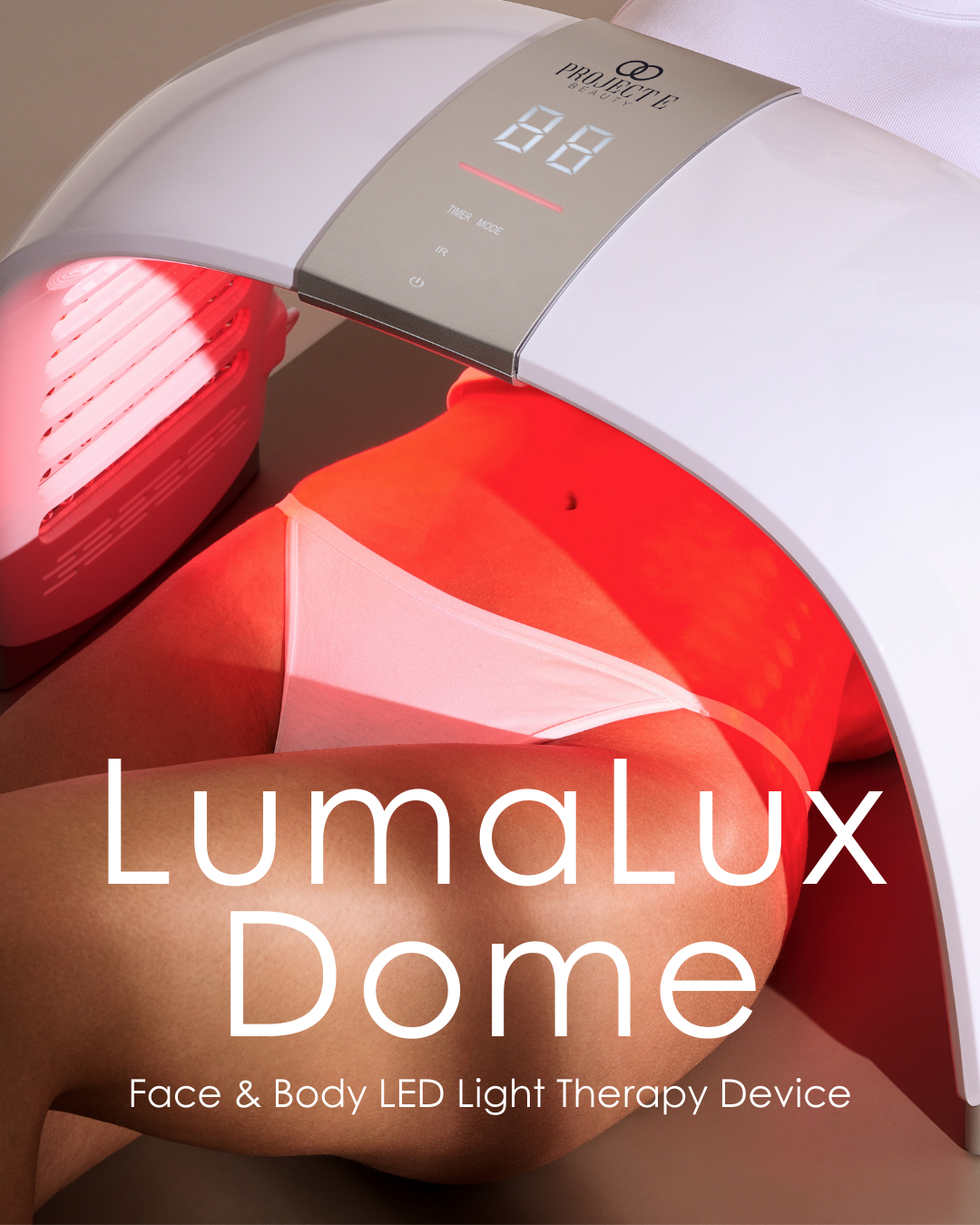
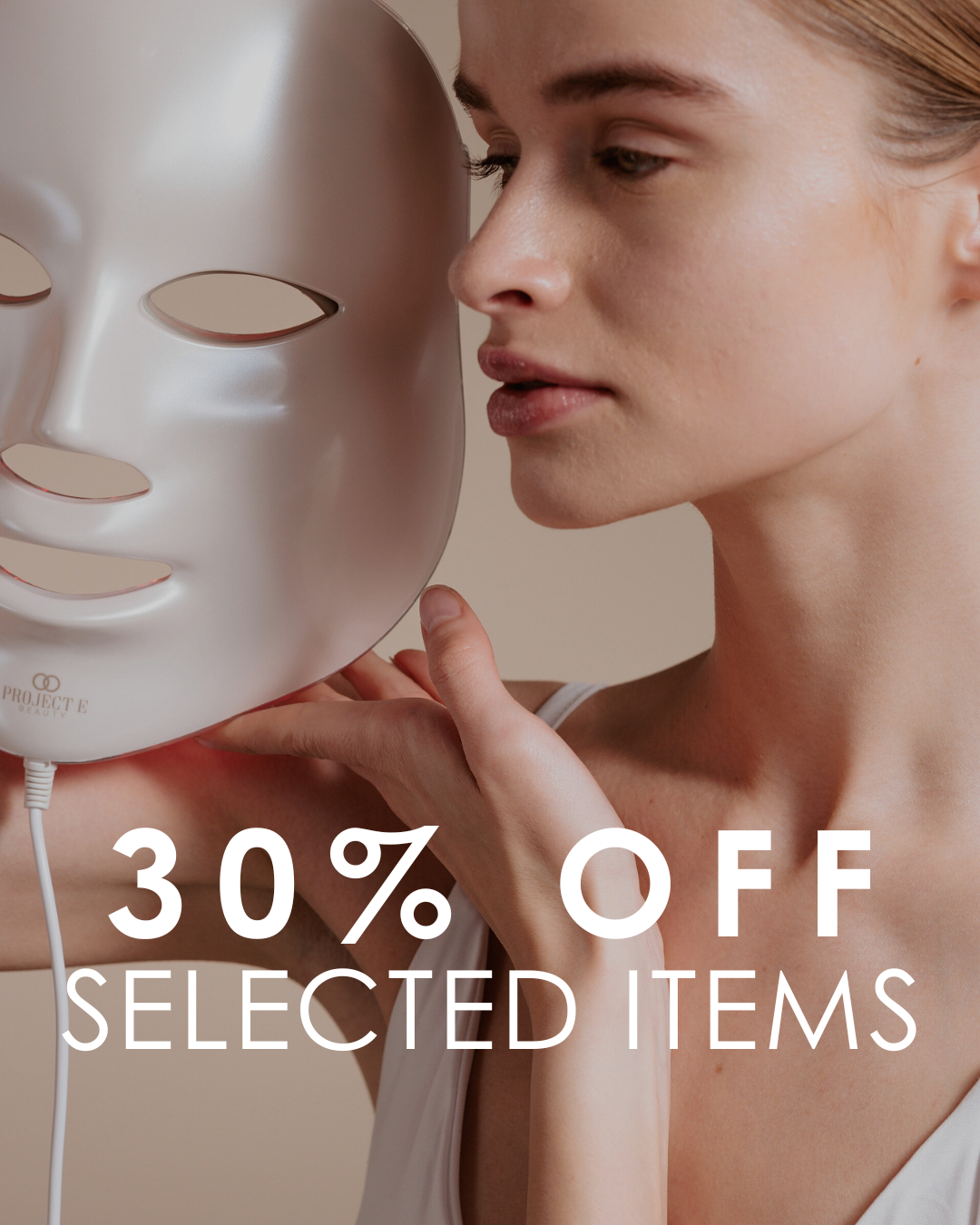

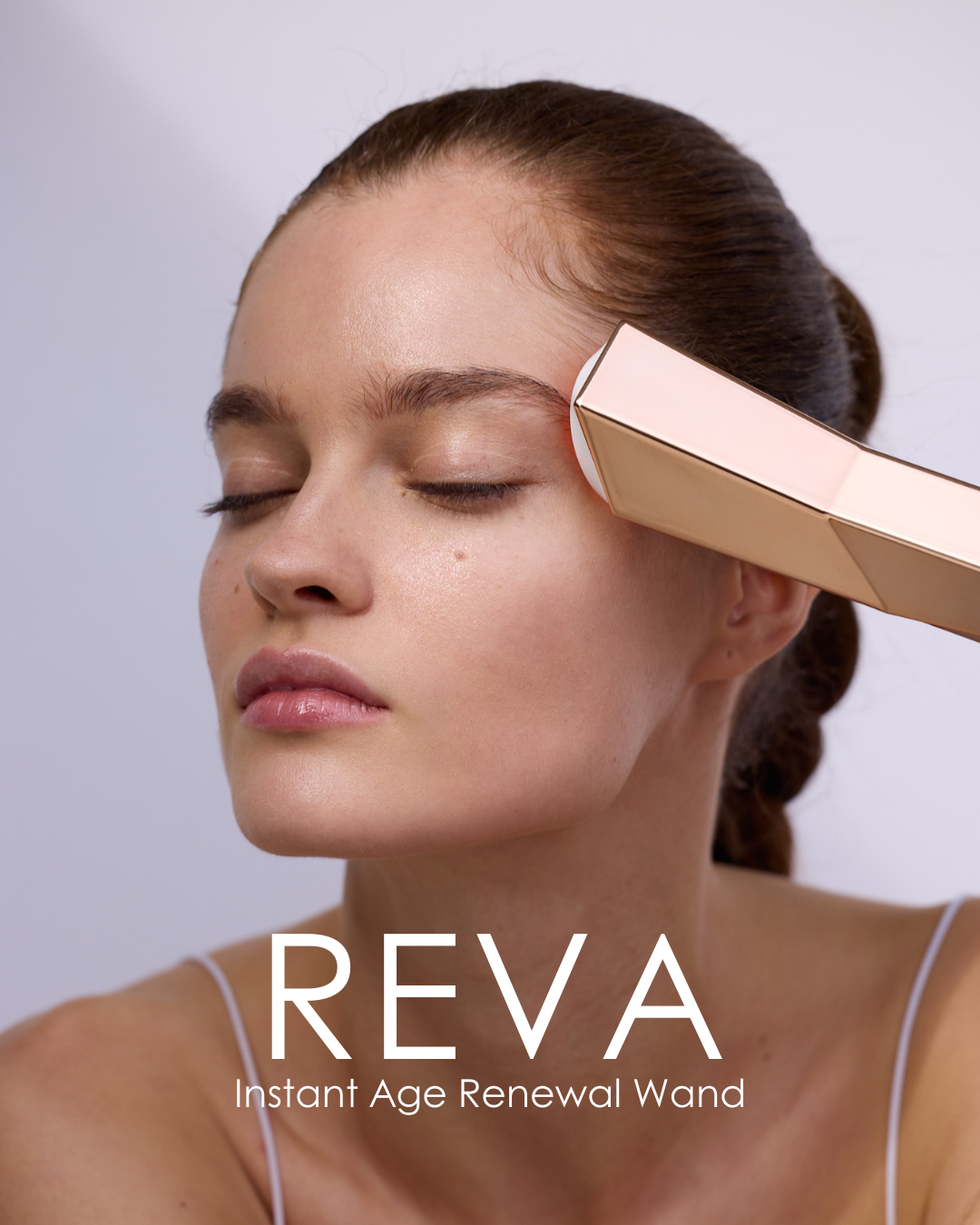
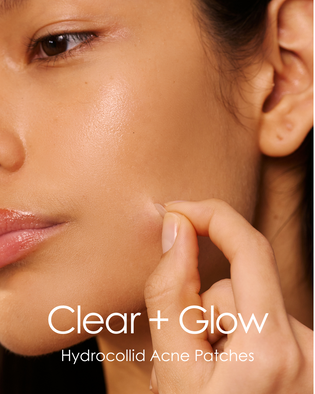
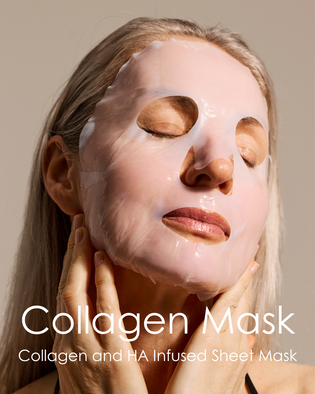



Leave a comment
This site is protected by hCaptcha and the hCaptcha Privacy Policy and Terms of Service apply.